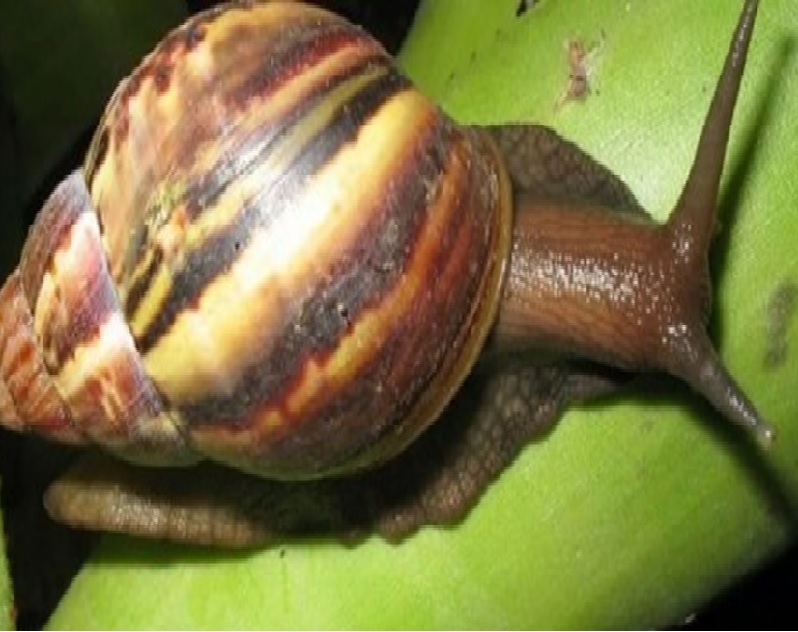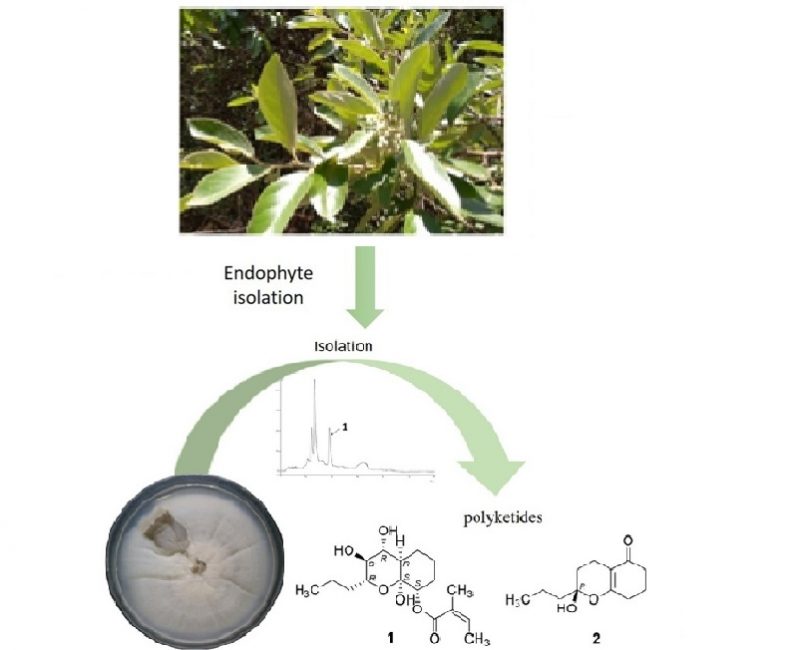
Authors:
Alves Ferreira, Rafael Augusto [1] ; Rezende Junior, Celso de Oliveira [1] ; Grigol Martinez, Pablo David [1] ; Koovits, Paul John [1] ; Soares, Bruna Miranda [1] ; Ferreira, Leonardo L. G. [2]; Michelan-Duarte, Simone [2] ; Chelucci, Rafael Consolin [2] ; Andricopulo, Adriano D. [2] ; Galuppo, Mariana K. [3] ; Uliana, Silvia R. B. [3] ; Matheeussen, An [4] ; Caljon, Guy [4] ; Maes, Louis [4] ; Campbell, Simon [5] ; Kratz, Jadel M. [5] ; Mowbray, Charles E. [5] ; Dias, Luiz Carlos [1]
Abstract:
Leishmaniasis is a major infectious disease with hundreds of thousands of new cases and over 20,000 deaths each year. The current drugs to treat this life-threatening infection have several drawbacks such as toxicity and long treatment regimens. A library of 1.8 million compounds, from which the hits reported here are publicly available, was screened against Leishmania infantum as part of an optimization program; a compound was found with a 2-aminobenzimidazole functionality presenting moderate potency, low metabolic stability and high lipophilicity. Several rounds of synthesis were performed to incorporate chemical groups capable of reducing lipophilicity and clearance, leading to the identification of compounds that are active against different parasite strains and have improved in vitro properties. As a result of this optimization program, a group of compounds was further tested in anticipation of in vivo evaluation. In vivo tests were carried out with compounds 29 (L. infantum IC50: 4.1 μM) and 39 (L. infantum IC50: 0.5 μM) in an acute L. infantum VL mouse model, which showed problems of poor exposure and lack of efficacy, despite the good in vitro potency.
1 Institute of Chemistry, University of Campinas (UNICAMP), Campinas-SP, Brazil
2 Laboratory of Medicinal and Computational Chemistry, Physics Institute of São Carlos, University of São Paulo (USP), São Carlos-SP, Brazil
3 Department of Parasitology, Biomedical Sciences Institute, University of São Paulo (USP), São Paulo-SP, Brazil
4 Laboratory of Microbiology, Parasitology and Hygiene (LMPH), Antwerpen, Belgium
5 Drugs for Neglected Diseases initiative (DNDi), Geneva, Switzerland
Link to article: https://journals.plos.org/plosntds/article?id=10.1371/journal.pntd.0009196







